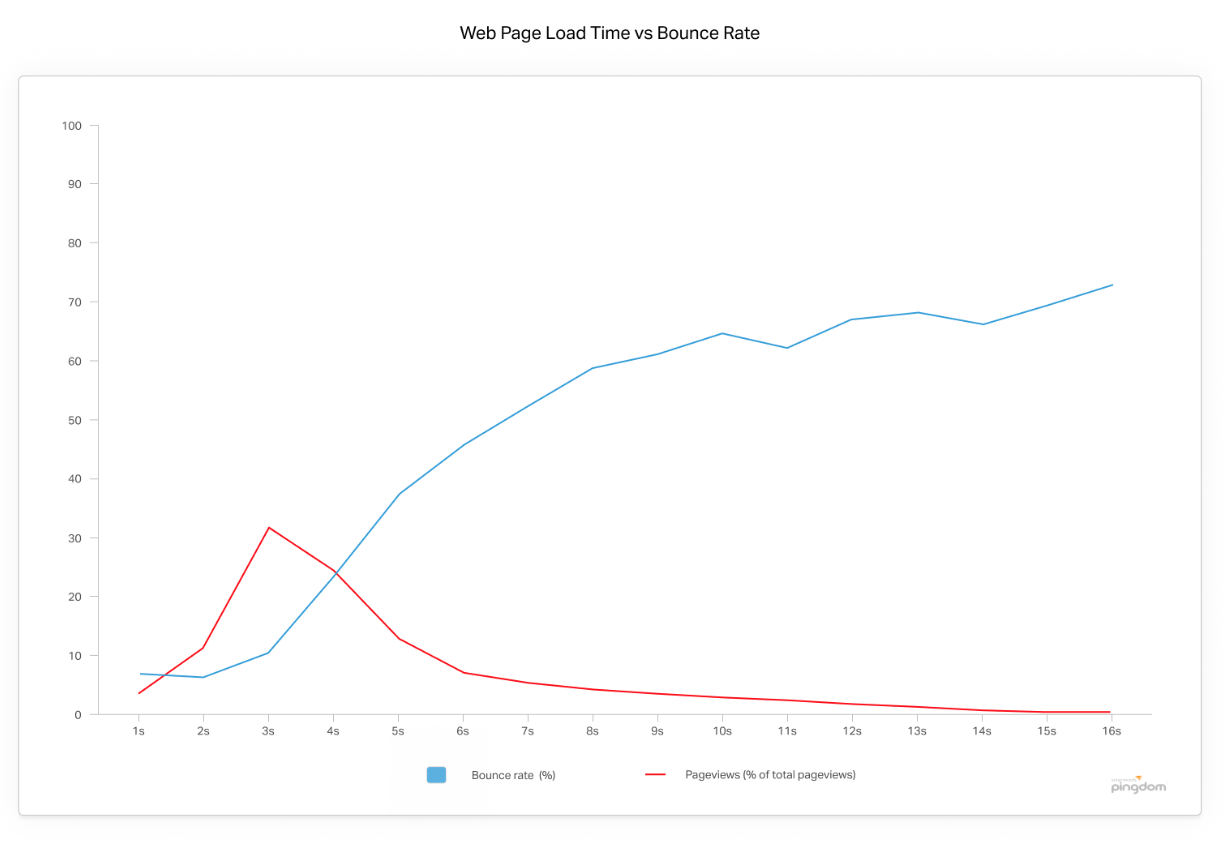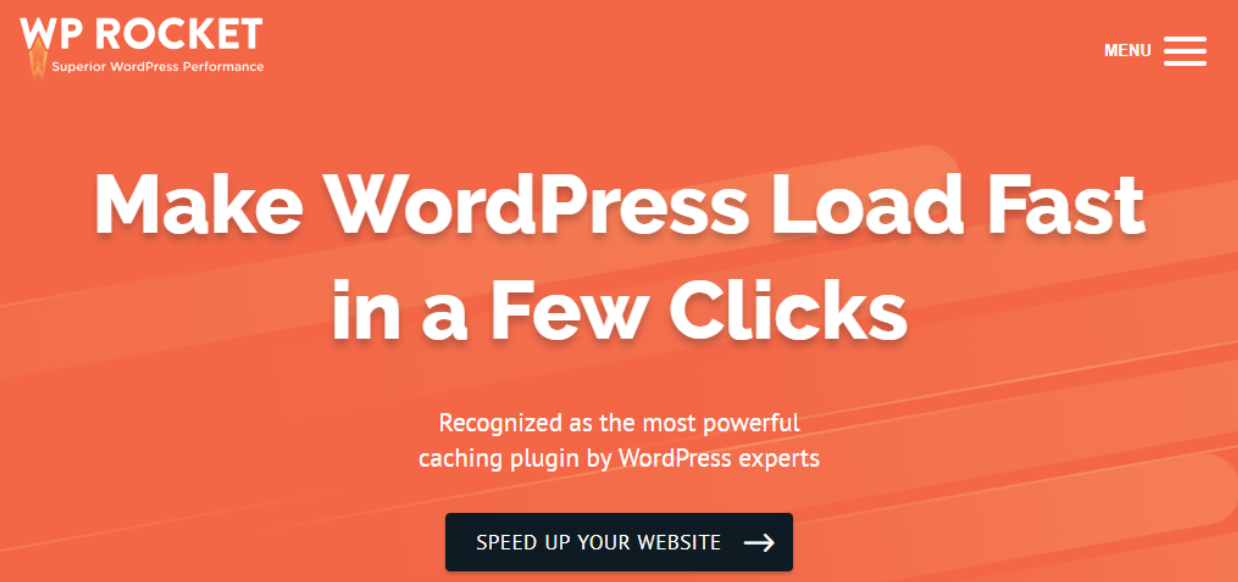Finding ways to get people to visit your WordPress site is always a battle. So when you do finally get them there, you should always be on the lookout for ways to keep them there.
You want to reduce your bounce rate and get visitors to stay on your site longer, view more of your content, and return in the future.
In this post, you’ll discover six WordPress plugins that can help you do just that.
Let’s get started, beginning with your site’s comments section…
1. Build A More Engaging Comments Section With Replyable
The default WordPress comments section is fine in the moment – people read your post, want to share their thoughts, and leave a comment. So far so good.
But there’s a problem:
The default comments section is not good when it comes to engaging your visitors in an ongoing discussion. That is – once someone leaves a comment, they won’t see any responses unless they’re willing to proactively revisit your post in the future (which most people won’t).
Replyable, a plugin from the Postmatic family, changes that by adding two important functions to your comments section. With it, visitors can:
- Subscribe to comments via email.
- Respond to comments via email.
But it’s also smart about it, with options to combine comments into a daily digest to avoid overwhelming your visitors’ inboxes.
End result? A more engaging comments section for everyone. That means your site not only seems more active to new visitors, but it also encourages existing visitors to come back and interact again in the future.
2. Display High-Quality Related Posts Suggestions With Bibblio
If a visitor is reading a post about “topic X”, you can be pretty sure that they’re interested in content about “topic X”. Makes sense, right?
One way to keep that person engaged, then, is to show them more content about “topic X” to keep them reading.
That’s what related posts do. They let you serve up content suggestions that are related to the content that you already know is of interest to your visitor.
In fact, according to Bibblio, good content recommendations offer:
- 11% more site engagement
- 8% more page views
Beyond being the source for that fact, Bibblio is also a plugin that helps you add related content recommendations to your WordPress site using an algorithm based on machine learning. You’re also able:
- Pick between two different algorithms
- Customize how your related content module looks
- Place related posts anywhere on your site using the included widget or shortcode
And beyond the recommendations, the cool thing about this plugin is that it offers analytics to help you see how effective your related content is when it comes to boosting user engagement.
From your Bibblio account, you’ll be able to see the CTR stats for all your related content module views.
Finally, Bibblio also uses off-server processing to avoid slowing down your site when coming up with its suggestions (more on why this matters in a second!).
3. Use Yoast SEO Premium To Create Smart Internal Links
Hear me out here because I’m not talking about the entire Yoast SEO Premium plugin. Instead, the focus should be on one little feature:
Internal link suggestions.
See, beyond being awesome for SEO, internal links are also a great way to keep users engaged and browsing through your site.
They’re kind of like related posts suggestions but inside your content and in context.
However, finding good internal linking opportunities is hard because it’s tough to remember all the relevant content that you’ve already published, especially when you’re talking about posts that might be a couple years old.
While you can find plugins that will automatically link certain keywords to existing content, those aren’t a great option because:
- Using the same anchor text over and over isn’t good for SEO.
- They can bog down your server.
That’s why Yoast’s suggestions are so helpful:
You still have to manually insert the link, which means that you can vary your anchor text and only use internal links when the context makes sense – you just don’t have to go searching for related content.
You don’t need Yoast to do this – using the “site:yoursite.com” operator in Google is another option – but Yoast is a great way to save time and make sure you don’t miss out on opportunities.
4. Harness Search Autosuggestions With AJAX Search Lite
You may have noticed that many of these suggestions are about making it easier for visitors to find content that’s relevant to them.
If related posts and internal links aren’t enough, another way to do that is to let your visitors search for content directly.
Using the default WordPress search widget in your sidebar is a good way to get started. But to make your search even more engaging, you can use the free Ajax Search Lite plugin to add autocomplete and search suggestions.
According to user experience experts Nielsen Norman Group, “search suggestions have the further benefit of informing users of the range of products or options offered by the site”.
That makes it easier for visitors to find content that they’re interested in, which creates a much more engaging experience.
5. Speed Up Your Site With WP Rocket (Or Another Quality Caching Plugin)
Ok, like Yoast SEO, this is another one that seems like I’m throwing you a curveball. But making your site load faster is actually one of the best things that you can do to increase user engagement.
Why? Because you can’t engage visitors if they bounce away before even viewing your site!
And that’s exactly what will happen if your site takes too long to load.
As demonstrated by research from Pingdom, there’s a huge correlation between your site’s bounce rate and your site’s page load times.
The graph below shows the full relationship (note how bounce rate – the blue line – shoots up after the page load times go past 3 seconds):

So if you want to keep people from leaving your site in frustration, you need to make sure it loads quickly.
You don’t have to use WP Rocket for that – it’s just one of the simplest ways to speed up your WordPress site. For other tips, check out our posts on:
- 13 Performance-Boosting Site Speed Tips for WordPress
- 9 Advanced Techniques to Make WordPress Faster
- 14 Ways To Speed Up WordPress And Decrease Page Load Time
6. Consider Google AMP To Create A More Engaging Mobile Site
Google AMP is a project from Google to help speed up your site in mobile search results. You’re probably already familiar with Google AMP pages, even if you don’t know them by that name. They’re the quick-loading results that have the lightning bolt icon (learn more about AMP here).
Now, not everyone likes Google AMP because it requires playing by Google’s rules. But the data for AMP’s effect on mobile user engagement is pretty impressive.
According to a Forrester Consulting Total Economic Impact study that was commissioned by Google, using AMP doubled the average time on site for visitors. And on a smaller scale, here’s what Event Tickets Center saw after moving almost all of their content to AMP:
- 10% reduction in bounce rate.
- 6% increase in pages per session
- 13% increase in average session duration
Long story short, it’s definitely something to at least test on your WordPress site.
The official AMP for WordPress plugin makes the setup really easy. But the similarly named AMP for WP plugin is also another good option because it gives you more control over how your AMP content looks, which is an important consideration when moving your site to AMP.
Create A More Engaging WordPress Website Today
In the end, most of these plugins boil down to two main categories.
To create a more engaging WordPress site, you want to:
- Make it easy for people to find other interesting content with related posts, internal links, and search suggestions.
- Speed up your site so that people have a good experience and don’t bounce away.
Combine that with a more interactive comments section and you’ll be on your way to a much more engaging website!
The post 6 WordPress Plugins To Boost User Engagement And Cut Your Bounce Rate appeared first on Torque.






